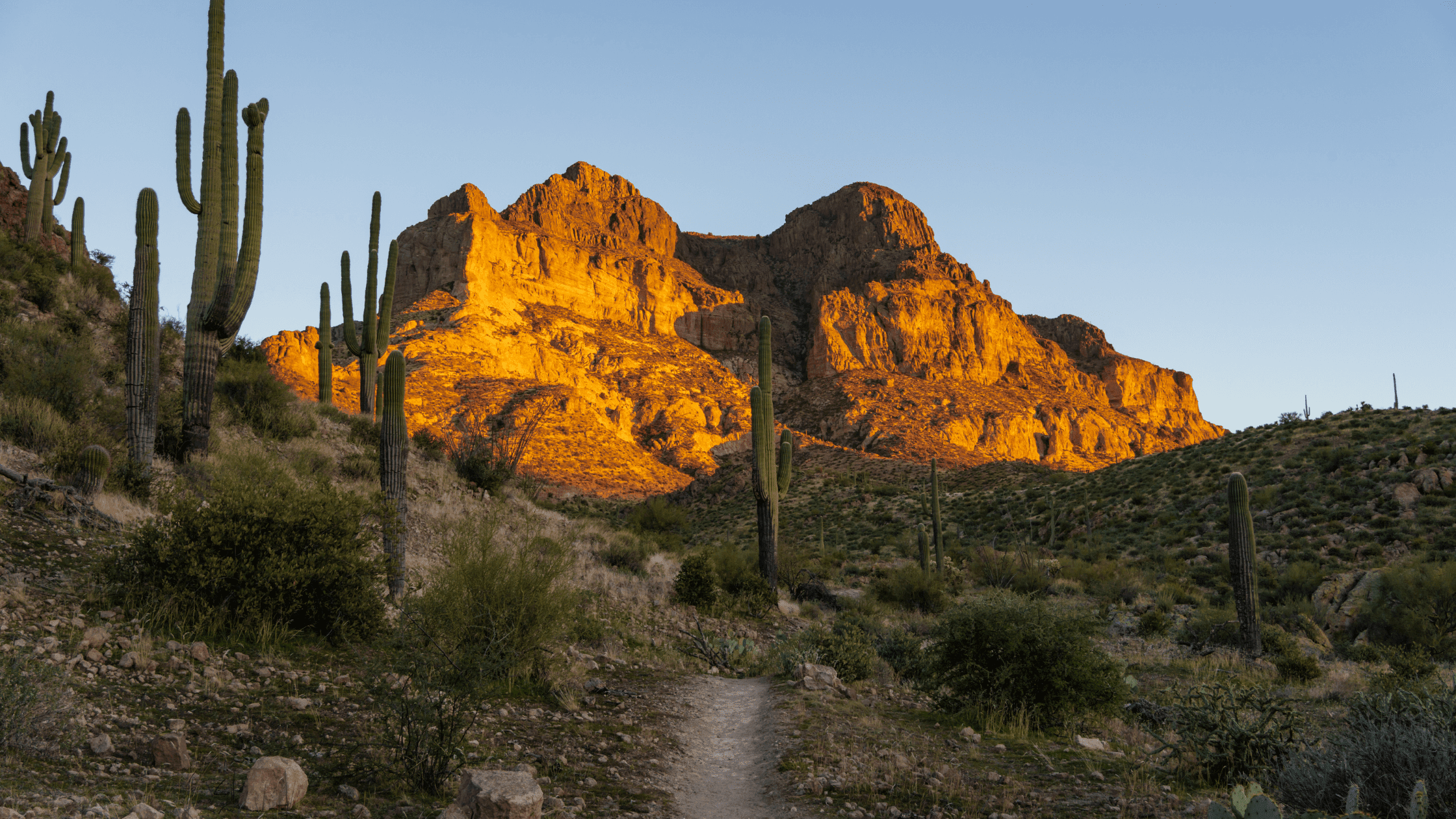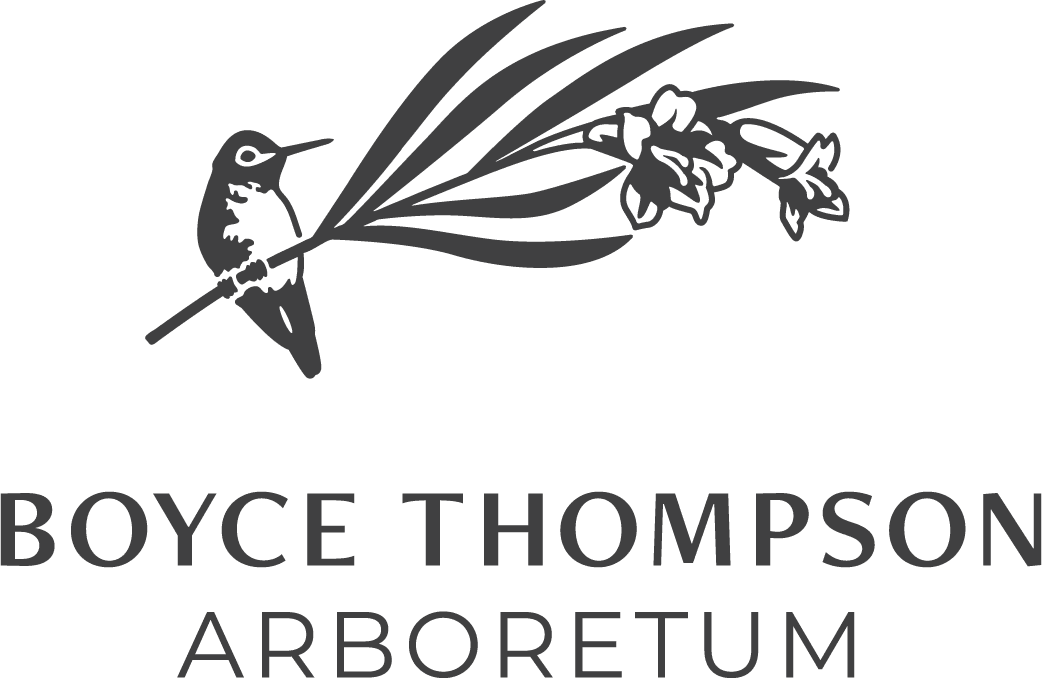Invasive Plants: a Threat to the Sonoran Desert

What is threatening the Sonoran Desert? Invasive Plants. These non-native plants grow and spread aggressively, harming local habitats. They dominate and outcompete native species for resources, which local wildlife depend on for food, shelter, and habitat.
There are many kinds of noxious weeds or invasive plants in Arizona. Fountain Grass (Cenchrus setaceus) is a perennial bunchgrass native to Africa. You’ve probably noticed this plant in urban and residential areas, drainages, and along roadways. It was recently added to the Arizona noxious weed list and can no longer be sold in Arizona. Buffelgrass (Cenchrus ciliaris) is grass with purple to golden flower heads. Introduced to the Sonoran Desert from Africa for cattle, this plant aggressively doubles in size every 2-3 years, forming dense stands.
The existence of iconic Saguaros and other cacti are threatened due to invasive plants. Invasive grasses and plants like fountain grass and buffelgrass, are highly flammable, creating the perfect storm for widespread detrimental fires. The Sonoran Desert, which naturally lacks a large amount of ground cover, is not adapted to these hotter, larger fires placing it at high risk.
Invasive species impact everyone, whether you are a homeowner, farmer, or live in a city. Unmanaged, these species can cause serious damage to our surrounding environment, homes, and natural areas.
Get involved! Here are ways you can help:
1. Manage these weeds on your property. Advocate for their removal with your HOA and community groups, there are many native plant alternatives to these invasive species, such as Deergrass (Muhlenbergia rigens), Purple Three-Awn (Aristida purpura), or Chuparosa (Justicia californica).
2. Join the search for invasive species on the iNaturalist as a first step to prevent larger spread. Get involved with Desert Defenders: https://www.inaturalist.org/projects/desert-defenders
3. Help protect biodiversity! There are over 7 million humans in Arizona, and we all rely on insects and plants to survive. Native plants support native wildlife. Using native plants in your yard and landscapes is the best way to support healthy ecosystems and protect biodiversity.
An easy place to start with planting natives is a pollinator garden. No matter where you live- a house or apartment- you can grow plants that provide food, habitat, and protection for native pollinators.
Check out our blog here for a list of 9 plants perfect for your pollinator garden.
